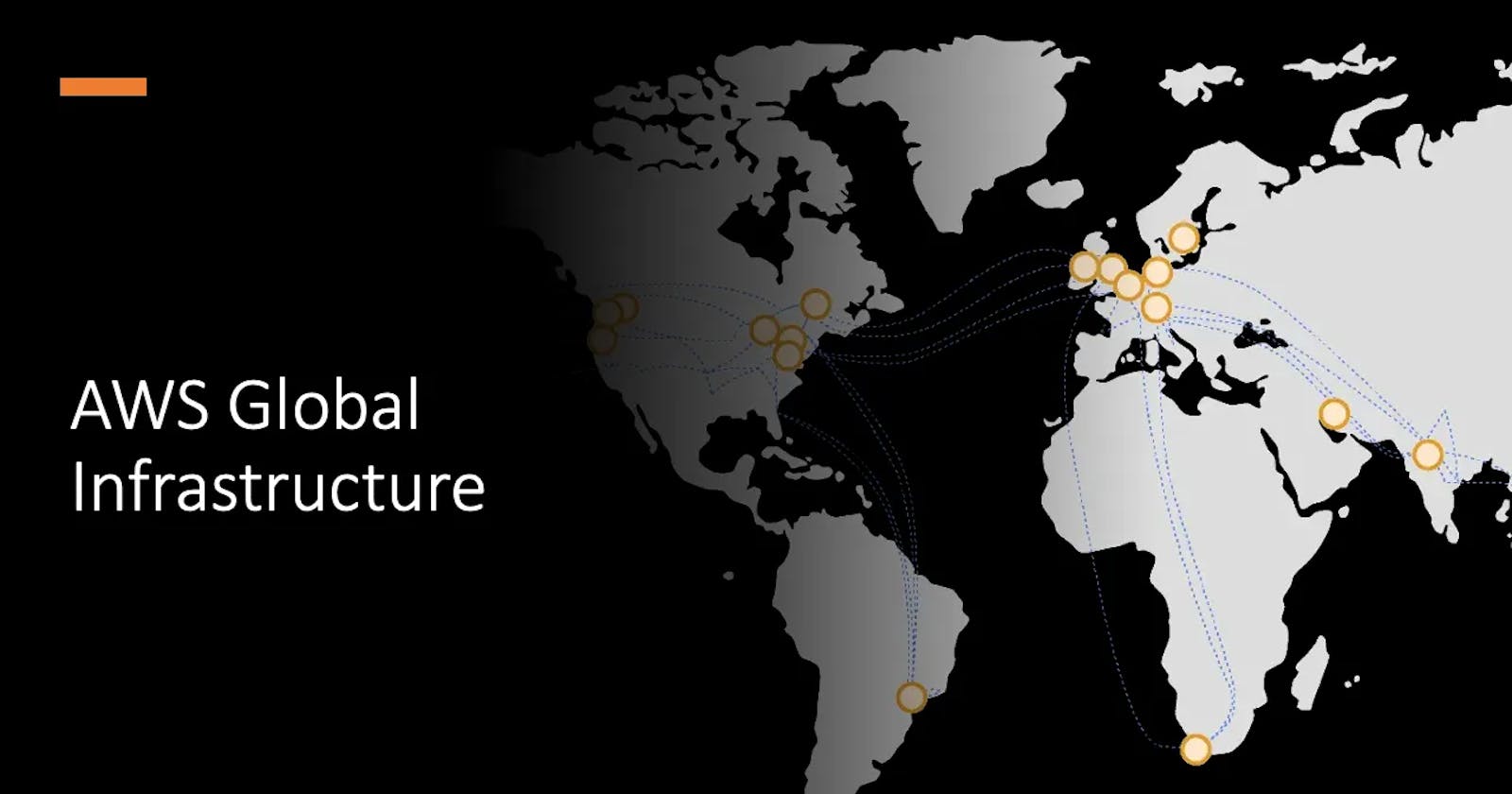Understanding AWS Global Infrastructure
Amazon Web Services (AWS) operates one of the largest and most sophisticated cloud computing infrastructures globally. Understanding how AWS global infrastructure works is essential for businesses and developers leveraging AWS services. This article aims to provide a detailed overview of AWS global infrastructure, including its regions, availability zones, edge locations, and networking backbone.
Regions and Availability Zones
AWS infrastructure is organized into regions and availability zones (AZs). A region is a geographical area containing multiple availability zones, each comprising one or more data centers. AWS currently operates in multiple regions worldwide, allowing customers to deploy their applications and services close to their end-users for better performance and compliance.
Each region is completely isolated from others, consisting of multiple AZs that are interconnected through high-speed private links. This isolation ensures fault tolerance and high availability. For example, if one AZ experiences a failure, other AZs within the same region remain unaffected.
Availability Zones
Availability Zones are distinct locations engineered to be isolated from failures in other AZs and provide inexpensive, low-latency network connectivity to other AZs in the same region. They are typically connected via redundant, ultra-low-latency networks.
Edge Locations
In addition to regions and availability zones, AWS has a network of edge locations strategically positioned around the world. These edge locations serve as caching endpoints for content delivery (Amazon CloudFront) and are used by AWS services like Route 53 (DNS) and AWS WAF (Web Application Firewall) for faster content delivery and improved user experience. Edge locations are not used for storing data or running compute instances but act as entry points for AWS's global network.
AWS Global Network
The backbone of AWS's global infrastructure is its high-speed, redundant network, which connects all AWS regions, availability zones, and edge locations. This network is designed to provide low-latency and high-throughput connections, ensuring reliable and secure communication between AWS services and customer applications worldwide.
AWS uses a combination of privately-owned fiber optic links, leased lines, and internet service providers to build its global network. This network infrastructure is continuously monitored and optimized to maintain performance, reliability, and security.
Local Zones & Wavelength Zones
Local Zones are extensions of AWS regions and are designed to bring AWS services closer to specific geographic areas, typically metropolitan areas with dense populations of users or businesses. These zones are essentially smaller, geographically distinct extensions of existing AWS regions and are designed to provide lower-latency access to select AWS services.
Wavelength Zones are specialized infrastructure deployments that bring AWS compute and storage services to the edge of 5G networks. They are designed in collaboration with telecommunication partners to enable ultra-low latency and high-bandwidth applications that leverage the capabilities of 5G networks.
How Customers Benefit
Understanding AWS's global infrastructure is crucial for businesses and developers looking to leverage cloud services effectively. By strategically deploying resources across regions and availability zones, customers can achieve high availability, fault tolerance, and low-latency access to AWS services.
Additionally, AWS's extensive network of edge locations enhances the performance of web applications and content delivery, resulting in better user experiences. By offloading traffic to edge locations closer to end-users, businesses can reduce latency and improve application responsiveness.
In conclusion, AWS's global infrastructure is a cornerstone of its cloud computing services, enabling customers to build scalable, resilient, and high-performance applications. By leveraging regions, availability zones, edge locations, and the AWS global network, businesses can achieve their goals more effectively in the cloud.
